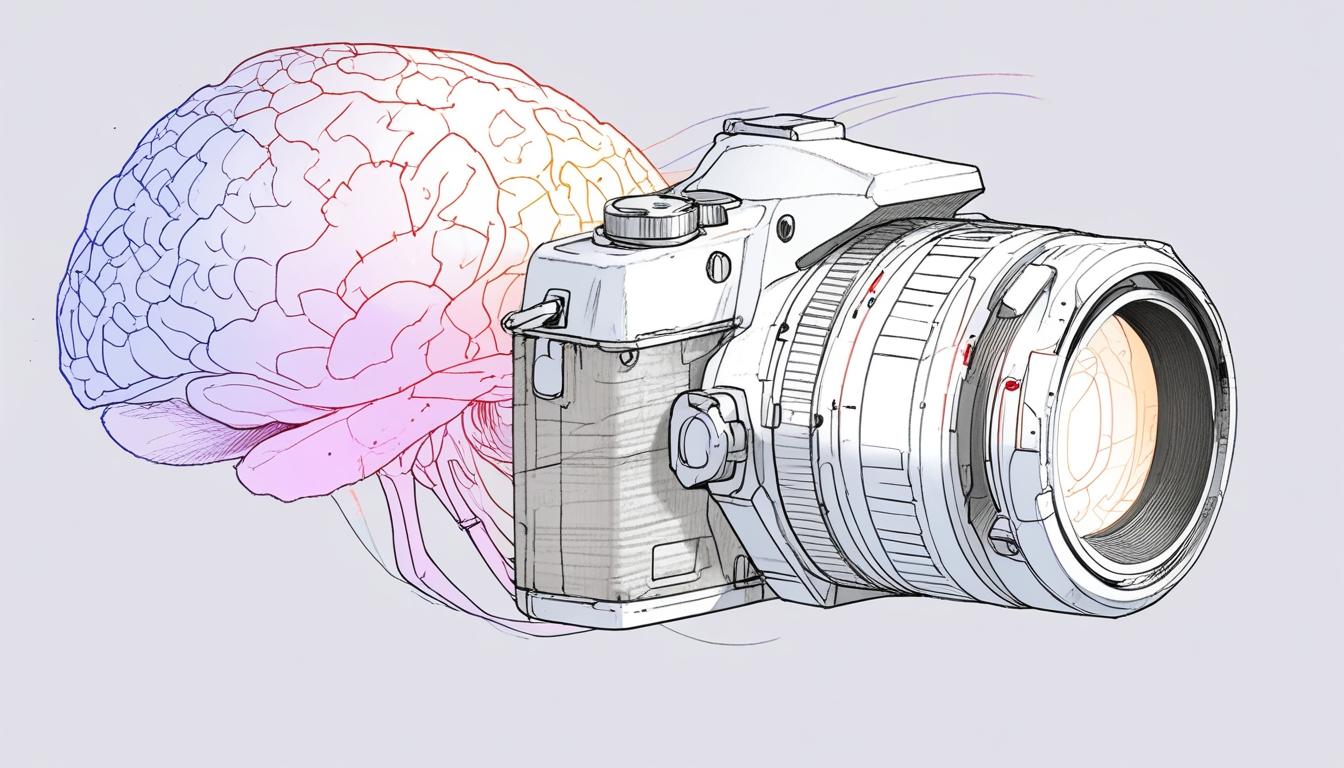OpenAI's recent release, DALL•E 3, has generated considerable interest within the realms of AI and photography, marking a significant step into integrated multi-modal image generation. This innovative tool enables users to create photorealistic images from text prompts with notable precision, reflecting an understanding of various photographic principles such as lighting setups and camera equipment. The introduction of DALL•E 3 allows users to request images that mirror specific themes or aesthetics, offering results that closely resemble medium-format film photography.
Despite its advanced capabilities, the tool's functionality comes with restrictions. Users have reported encountering moderation filters when attempting to generate images that include themselves, friends, or even fictional characters. OpenAI has stated that these measures are in place to prevent potential misuses such as deepfakes, impersonation, and inappropriate content. However, such restrictions may limit the practical applications for creative professionals who wish to use generative AI for tasks like mood board creation or visual pitches.
The conversation surrounding DALL•E 3 plays into a broader discussion about the impact of AI on traditional photography. The tool allows for the generation of editorial portraits, cinematic still shots, and commercial visuals without the need for physical settings or elaborate lighting setups. These developments hint at a shift in workflow dynamics, where AI is seen not as a replacement for photographers but as an aid in the creative process, particularly in the early stages of visual production.
The output of DALL•E 3 highlights the tension between innovation and ethical considerations in the AI landscape. While its capabilities present opportunities for concept art and previsualisation, the existing safeguards also introduce a sense of imbalance regarding its utility. As AI-generated imagery continues to evolve, the focus seems to be as much on ideation and exploration as it is on the creation of traditional photographic works.
In summary, while tools like DALL•E 3 foster new methods for visual exploration and creativity, they also reflect the complexities and challenges faced by creators in navigating the intersection of technology and artistry. As OpenAI continues to refine its offerings, the dialogue around the role of AI in the creative industry is likely to intensify.
Source: Noah Wire Services
